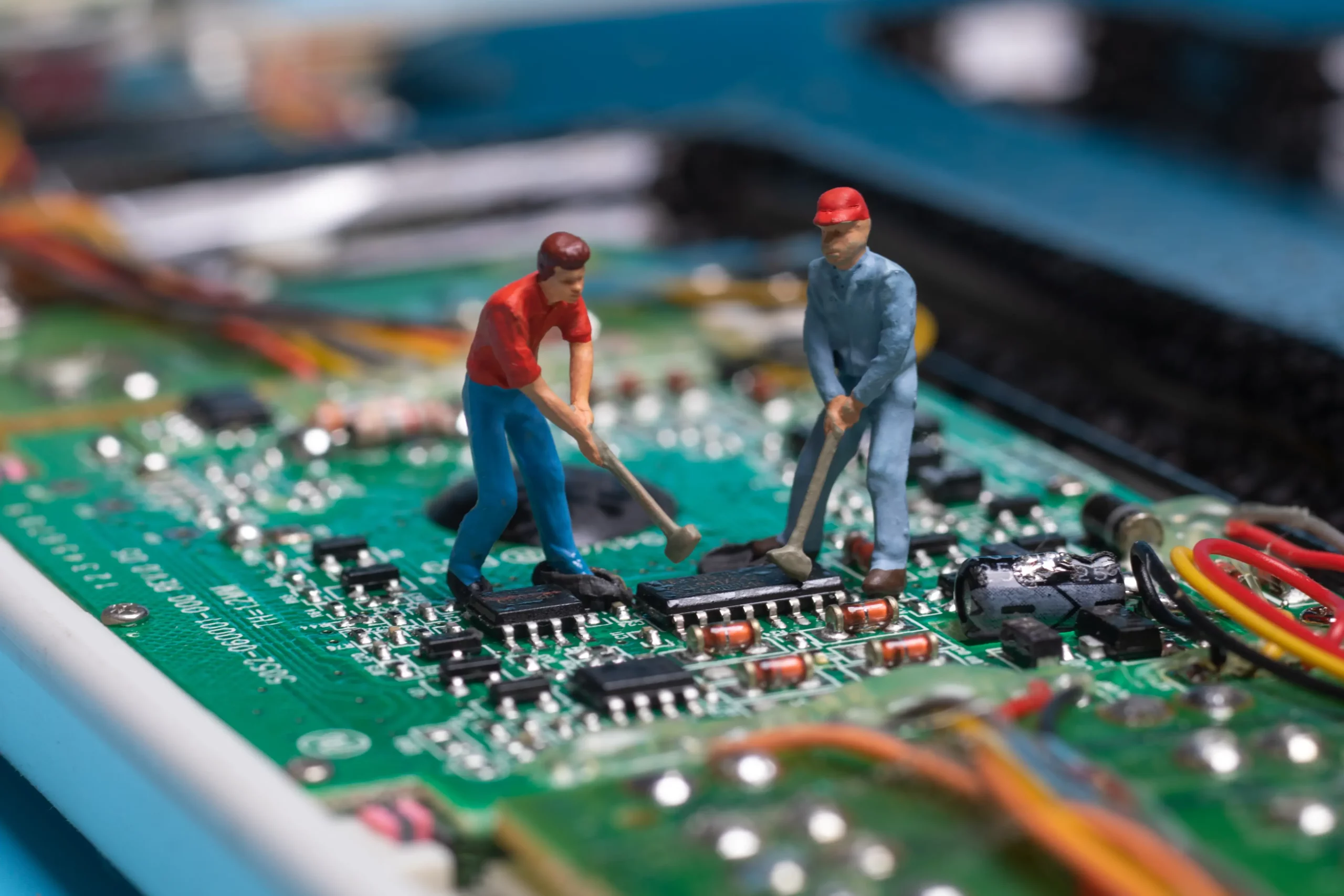
22 Sep Control board 101: the beating heart of technology
In the past year, for a variety of reasons related to geopolitical issues, it has been increasingly difficult to find raw materials found in several items we all use on a daily basis.
Among these are control boards. First, let’s understand what a control board is: have you ever happened to disassemble or “accidentally break” any household appliance? Well, what we are talking about is precisely that monochromatic board (almost always green in color) inside it.
What is it used for? And why make one?
It is a programmable device, that is, by writing a program in code, the board is able to execute it.
The use of control boards is vast. Suffice it to say that every household appliance has one or more. They can be found in any device that has electronics, such as cars, tablets, electric scooters, cell phones, video game consoles, and so on.
The name control board comes from its main component: the microcontroller.
We can think of the microcontroller as a small computer, much less powerful, but with the same electronics underlying the architecture of a pc. It, therefore, performs all the main functions of logic, computation, communication, and so on.
Contour electronics
In addition to the microcontroller, there are other electronic components in a control board, which for simplicity’s sake we will call “boundary electronics,” without which the microcontroller would serve little purpose.
These electronics perform various functions, such as: stabilizing digital input and output signals, regulating the power supply so that it does not burn out the microcontroller, setting the clock time of our microcontroller to define its computing speed, and much more.
How it works
To date, there are a plethora of control boards in the market. Each of them is created to perform a certain job, but in the end they all perform the same task: recording events to be followed by actions.
Thanks to sensors connected to inputs, the control board is able to record these events, process them, and through actuators connected to outputs, perform certain actions.
Some examples are found in objects we use every day, such as phone brightness sensors, which increase or decrease the brightness of the screen depending on the ambient light in which they are located. Or for example, thermostats, where once the temperature is set, they adjust the turning on and off of heaters to keep the set temperature constant.
MISTER Smart Innovation, the managing entity of the Tecnopolo Bologna CNR, has created a proprietary control board for use in industrial projects designed to make market-driven products in a way that significantly reduces issues related to availability and obsolescence.
Made in our laboratories, it was made compatible with the Arduino environment in order to facilitate its use and integration into different projects. This is how MISTERino was born.




